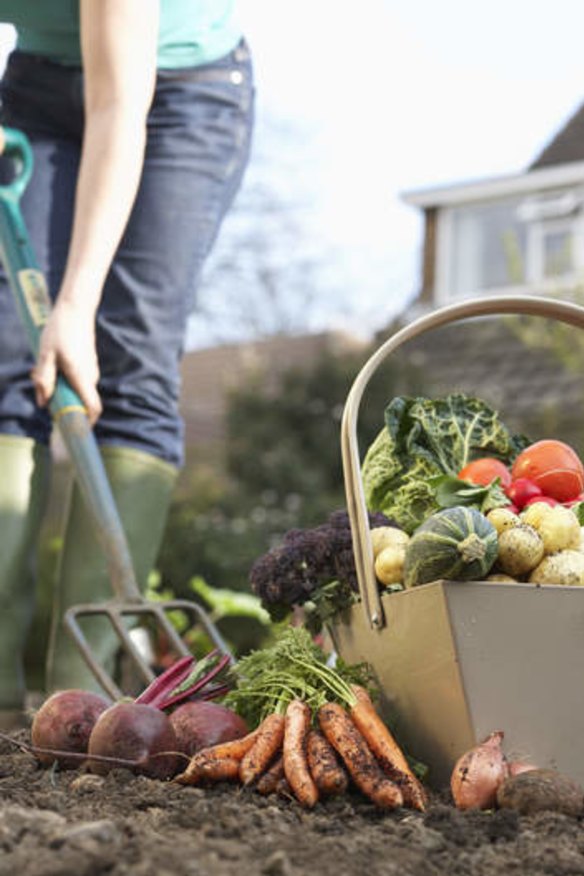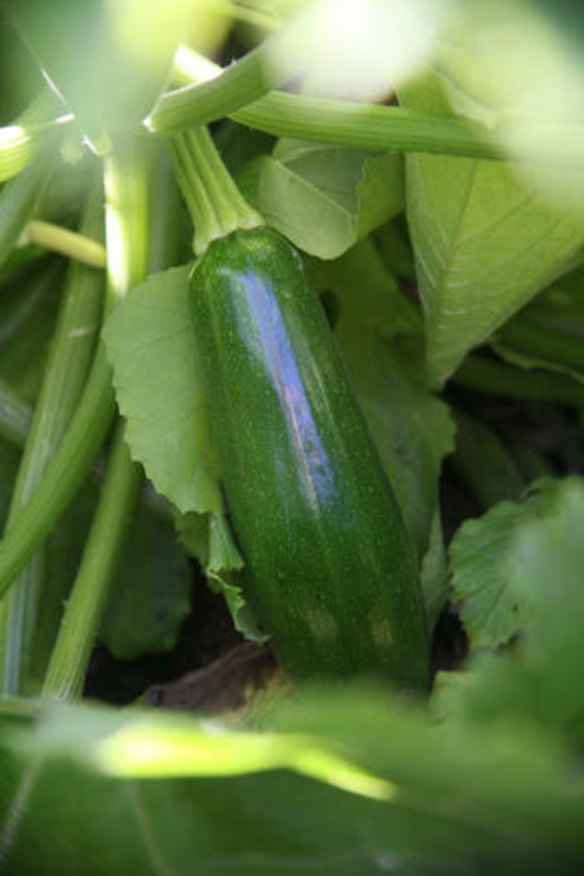Plant now for early winter

There is just sufficient warmth in the soil to do a last planting of root vegetables with similar growing requirements but which need to be grown apart from each other. They are all health-enhancing vegetables which can be harvested over a reasonably long period of time.
To plant these vegetables now is to take a small risk that the summer and autumn weather will turn too cold, too quickly. However, with these root vegetables, you will be extending your season of home produce so select a nice sunny location and make plans for some cold weather protection, if the temperatures drop too much in late April.
Beetroot, carrots and parsnips all need good, deep soil, well drained and free of rocks. As well, they all take quite some time to germinate – beetroot up to two weeks, parsnips between two and three weeks and carrots up to three weeks. Radishes are a good supplement to the group and when planted with carrots will break up the soil surface and provide a quick harvest as well.

The root vegetable family will grow in full sun or in partial shade. They need to be pushed along during the root-growing period, to develop juicy, sweet roots for fresh eating. Water stress can result in thin and stunted vegetables.
If you decide to plant out your last root crops this week for a late autumn and winter harvest, you will need to keep the garden bed moist throughout the germination period. A hessian covering is very useful but remove as soon as you see signs of germination. Commit to early weeding. The little seedlings always seem to be crowded out by fast-growing grasses and other weeds. Weed when everything is still small.
Beetroot seeds are interesting in that they are really seed packets. Soak the seed pods overnight to get best germination. Each ‘‘seed’’ contains three or four seeds, so when they germinate, you will need to pull out the weakest plants.
Detroit is the most popular globe-shaped beetroot which grows to seven centimetres and can be harvested after eight to nine weeks. Bulls Blood is another favourite with deep red beets.
Touchstone Gold produces a sweet, tender root with a distinctive orange skin and golden yellow flesh with a milder flavour than the red beets. The Italian Chioggria is a beautiful sweet bicoloured beetroot. When you slice through the beet, it is candy striped with pink and white concentric circles. Italian families have traditionally harvested the first of these tender beets after eight weeks.
Carrots can take three to five months to grow to full size at this time of the year. You are hoping to get germination and growth for two months before the first heavy frost. I would recommend planting the Red Kuroda and D’Anvers for good thick, blocky carrots. I would recommend the fast-growing little round Paris Market and the Little Finger carrots for a harvest at the end of April (if sown immediately).
Should you see the forecast for an early heavy frost, cover your carrot patch with a thick layer of mulch or set up a simple plastic cloche cover. If you have been able to get your carrots well established before the heavy frosts, they can continue growing and will keep well in the ground. Quite some years ago we visited a friend who was living in the Scottish highlands and she still had good carrots in the garden when the soil was frozen over.
Parsnips are a wonderful winter vegetable for soups and roasts. By planting now you will have a mid-winter crop, as they do take four to five months to fully mature. Parsnips are actually sweetened by frosts. They are a good source of not only carbohydrates and Vitamin C but also potassium and calcium.
Parsnips do need deep soil as they can grow up to 20 centimetres long. They can be left in the garden bed until you are ready to use them. To harvest this long-rooted vegetable, give the bed a good watering and gently rotate the plant a little, to loosen it. Twist off the leaves at time of harvesting, to prevent the leaves drawing moisture out from the root.
I am planting this year the Guernsey parsnip which is a French heirloom. Allow some space beside your parsnips to grow a row or two of onions or shallots. You can grow your carrots next to lettuces and beetroot next to kohlrabi.
>> Owen Pidgeon owns the Loriendale Organic Orchard near Hall.